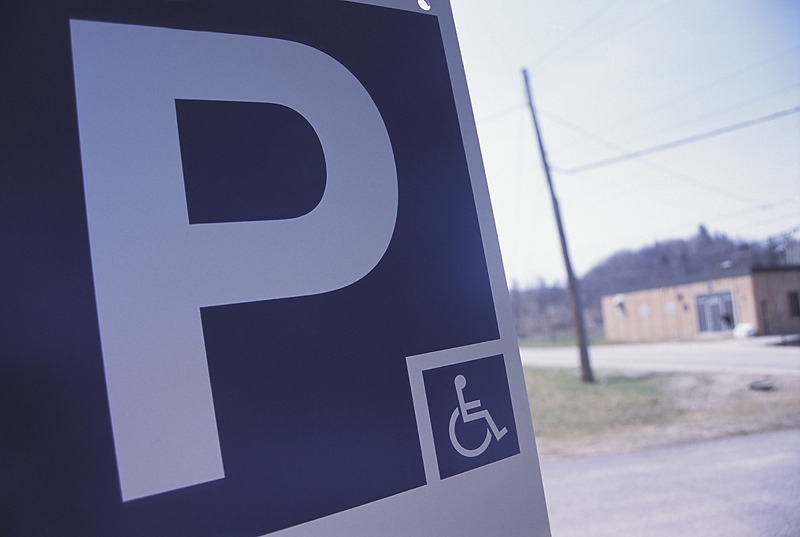
FRIDAY, Nov. 30 (HealthDay News) — One in five adults in the United States, or 45.6 million people, had a mental illness in the past year, according to a federal government report.
The rate of mental illness was twice as high among people aged 18 to 25 (nearly 30 percent) than among those 50 and older (about 14 percent), and women were more likely than men to have had a mental illness in the previous year, 23 percent versus just under 16 percent, the findings showed.
The 2011 National Survey on Drug Use and Health defined mental illness as having a diagnosable mental, behavioral or emotional disorder. The survey included more than 65,000 people aged 12 and older in the United States. The report on the survey was released by the U.S. Substance Abuse and Mental Health Services Administration (SAMHSA).
Among the other findings:
- About 11.5 million adults (5 percent of the adult population) had serious mental illness in the previous year.
- Rates of mental illness among U.S. adults remained stable between 2010 and 2011.
- About 38 percent of all adults with mental illness in the year studied received mental health services during that time. The rate of treatment for those with serious mental illness was nearly 60 percent.
- An estimated 8.5 million adults (3.7 percent) had serious thoughts of suicide in the previous year. This included 2.4 million who made suicide plans and 1.1 million who attempted suicide.
- Adults who had a mental illness were much more likely to have met the criteria for substance dependence or abuse during the year studied than those who did not have a mental illness (17.5 percent versus 5.8 percent). The rate was even higher for those with serious mental illness (more than 22 percent).
The survey also revealed that 2 million youth aged 12 to 17 (8 percent of that population) had a major depressive episode in the previous year. Young people who had a major depressive episode were more than twice as likely to use illicit drugs during that year than those without major depressive episode, 36 percent versus about 17 percent.
“Although mental illness remains a serious public health issue, increasingly we know that people who experience it can be successfully treated and can live full, productive lives,” SAMHSA administrator Pamela Hyde said in an agency news release. “Like other medical conditions, such as cardiovascular disease or diabetes, the key to recovery is identifying the problem and taking active measures to treat it as soon as possible.”
More information
The U.S. National Institute of Mental Health has more about mental illness.

